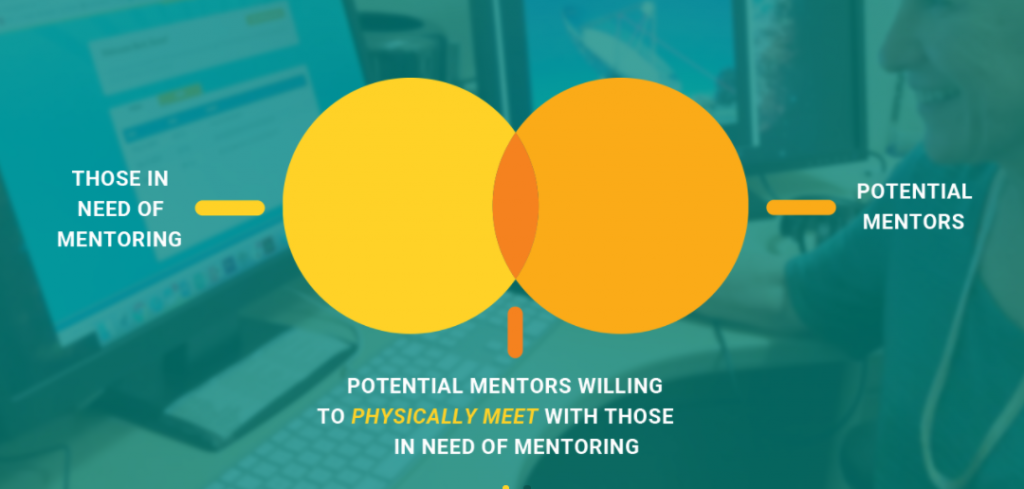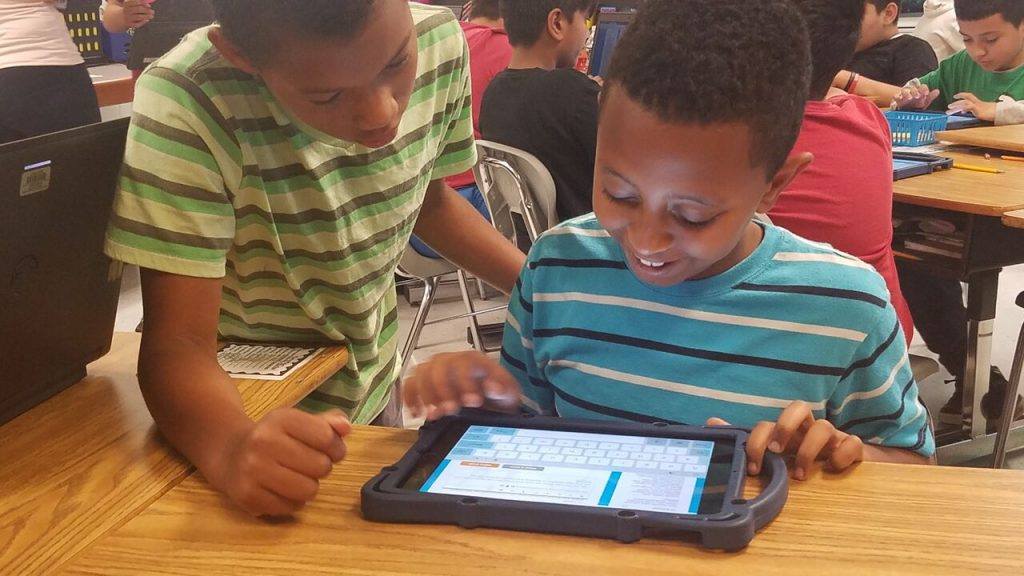Studies show that students need adult role models to help them reach their full potential. Mentoring has been proven to make a powerful difference in children’s lives, but in-person, face-to-face mentoring is not always practical. Our team at CricketTogether is always finding ways to connect kids with caring adults on a safe and secure virtual platform. But why does eMentoring make such a big difference? Here are five simple reasons.
eMentoring introduces children to a world outside their classrooms
Mentoring is all about helping kids reach their full potential, and that means setting goals. But it can be difficult to understand what opportunities exist in the adult world, especially for kids who are English language learners or from underserved communities. Many students don’t know anyone who has attended college or what steps they’ll need to take to pursue a dream job.
For example, TryEngineering Together is all about introducing kids to the possibilities of engineering. Evelyn, a third grade student participating in TryEngineering Together wrote to her mentor, “Thank you for teaching me that engineering is not just about building. It is also about thinking and discussing with each other.” Another third grader, Kylie, said, “At first, I didn’t really like the thought of engineering, but when I learned about the design phase, I was thrilled to be an engineer.” These are students who may have never considered the possibility of engineering careers without mentors to introduce them to new options.
eMentoring builds hope and resilience
It’s important for students to have adults in their lives who they can trust to talk about important topics. During unprecedented times, like those we have experienced, we understand the importance of developing resilience in children. Meeting them where they are and sharing about common experiences, where children can understand their feelings are not isolated. Empathy is the forefront of the eMentoring experience and is needed to build resiliency and hope in children.
eMentoring promotes positive attitudes
Having someone to listen to, appreciate, and support you goes a long way. Students who participate in mentoring programs show a much more positive outlook on life and their futures. One 5th grade teacher described her students as having given up on learning. They didn’t see a point to education. When they began participating in CricketTogether, they were hesitant and only write a few sentences to their mentors.
After a few months, however, the teacher noticed a startling difference in her students. “I have kids who didn’t want to do anything, but they want to do this. It’s an opportunity to write and share themselves without judgment. They talk about their eMentors as their best friends that they’ve known for years. These are kids who normally shut down with learning, but they are asking to write their eMentors,” she said. Their attitudes toward school and their own abilities improved dramatically. In fact, that brings us to the next point…
eMentoring increases confidence
Not only did teachers notice improved academic performance after their students began collaborating with mentors, students felt better about their own skills. Surveys of Title One 3rd-5th graders after one academic year of participation in CricketTogether showed these impressive results:
- 91% of students reported being “good” or “very good” at reading, a 63% improvement
- 81.2% of students reported being “good” or “very good” at writing, a 69% improvement
- 100% of students “agreed” or “strongly agreed” to the following statement: “My eMentor cares about me. My eMentor helps me feel good about myself.”
Confidence can inspire kids to do amazing things. Students with mentors can boast increased graduation rates, increased attendance, higher college enrollment rates, improved behavior in class, and less likelihood of using drugs and alcohol.

eMentoring eliminates barriers to connections with positive leaders
It’s not easy to find in-person mentors. To break down the problem to it’s simplest form, there’s a large group of people who need mentoring and a smaller group of people willing to mentor. There’s an even smaller overlap after factoring in obstacles like geography, time, travel, cost, coordination, and safety. Areas where 80 to 100% of public school students come from low-income families are distributed widely across the country, but poverty still tends to be concentrated in specific schools.
eMentoring, taking place over an online platform, increasing the number of volunteers who are willing and able to participate. Designed to be incorporated into a busy work schedule, eMentoring lets employees reply to their mentees’ letters in their own time. Mentors can participate from any location, spending only 20 minutes a week on eMentoring.
Bring eMentoring to your own classroom or workplace now! Get started with CricketTogether!



